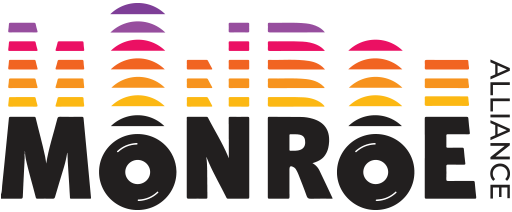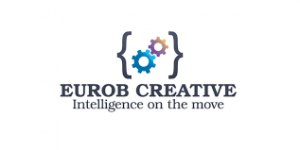Partners:
Polytechnic University of Valencia
The majority of Android applications (APPs) require Internet access. Therefore, understanding mobile network performance is critical for providing a superior user experience and determining the business success for an APP.
For cellular users, it is becoming everyday more popular to use measurements network tools like Netalyzr or MobiPerf, to identify problems in their connectivity. However, for software developers, this approach has not yet become a standard procedure when debugging APPs performance. Developers analyze the APP behavior (e.g., usage frequency, time spent, used functionalities, etc.) by means of well-known tools like Yahoo Mobile, Mixpanel or Countly. However, these tools specifically focus on the user interaction with the APP and do not provide data for an effective APP tuning in terms of protocols, security, network usage, connectivity strategies, etc. from a pure mobile network approach. There is thus need for new dedicated tools.
By running the NApplytics project, EUROB and the Universitat Politécnica de Valéncia have determined which ones are the Key Performance Indicators (KPIs) that govern an APP user experience considering both protocol and radio issues. This has been achieved by means of an Android library that could be easily incorporated to any Android APP. In order to properly design and test the library and correctly identify all relevant parameters that may impact the user experience, the NApplytics team leveraged hardware, software and tools provided by MONROE.
Since the accession to MONROE, NApplytics focused on the study of alternatives for designing a user satisfaction metric by correlating radio network indicators and end-user perception information. The result was an advanced customer Satisfaction Index (SI) that does not only provide objective customer perception indicators but also identifies radio parameters to adjust network conditions and enhance customer experience. SI corresponds to a measure of the Mean Opinion Score (MOS) of the customer concerning the service provided by the operator and is calculated as a weighted function of the attributes defined for the technology. The set of radio KPIs that best suited to characterize the state of the network and make the best possible decision are: Received Signal Received Power (RSRP) for Long Term Evolution (LTE) and Received Signal Code Power (RSCP) for Universal Mobile Telecommunications System (UMTS), together with Received Signal Strength Indicator (RSSI) and Throughput (Th) for both technologies. The optimum weights for the components of the attributes have been calculated based on utility functions to maximize the fit with respect to real MOS metrics of different services. Experimental results run on top of the MONROE platform show how the decision system based on radio KPIs is able to determine the user application experience with a success rate up to 83%. With the NApplytics approach, application developers may fill the gap of knowledge between network KPIs and user experience.
EUROB and the Universitat Politècnica de València have prepared and released the Android library designed in the project. The Library allows to measure technology KPIs in real time, so to allow developers to adapt transmission protocols according to performance experience.
Software release is available here:
Android app: https://github.com/eurobcreative/napplytics
Android lib: https://github.com/eurobcreative/napplytics_lib


